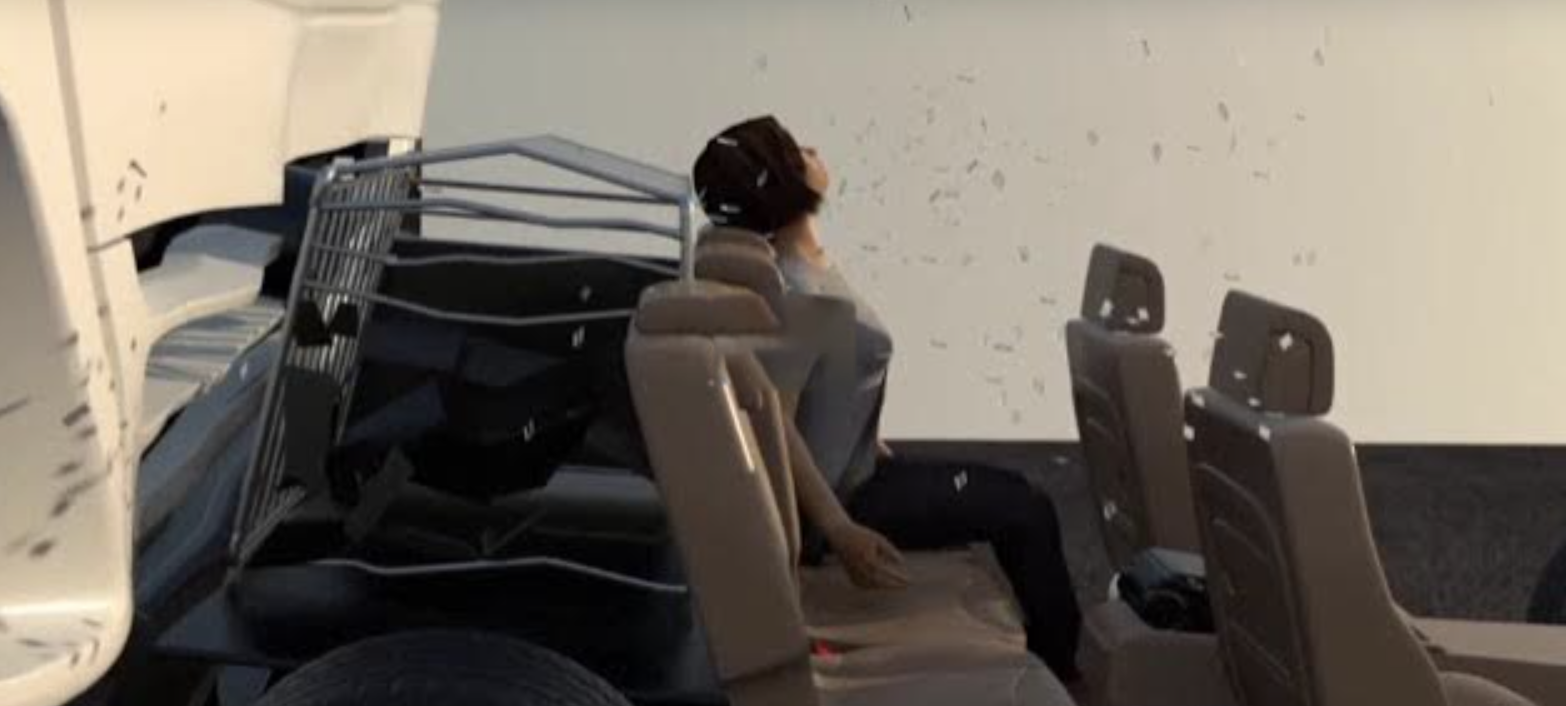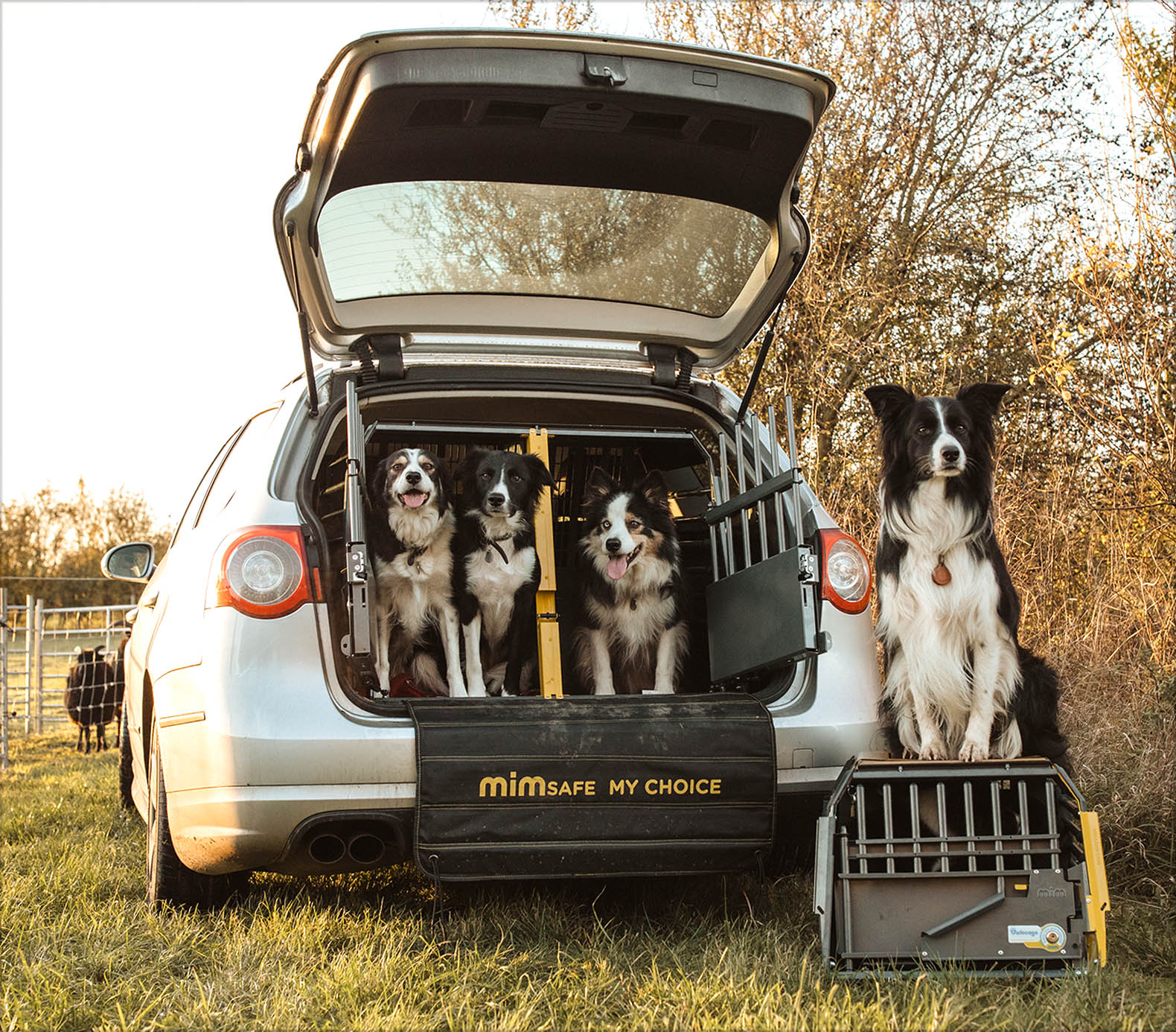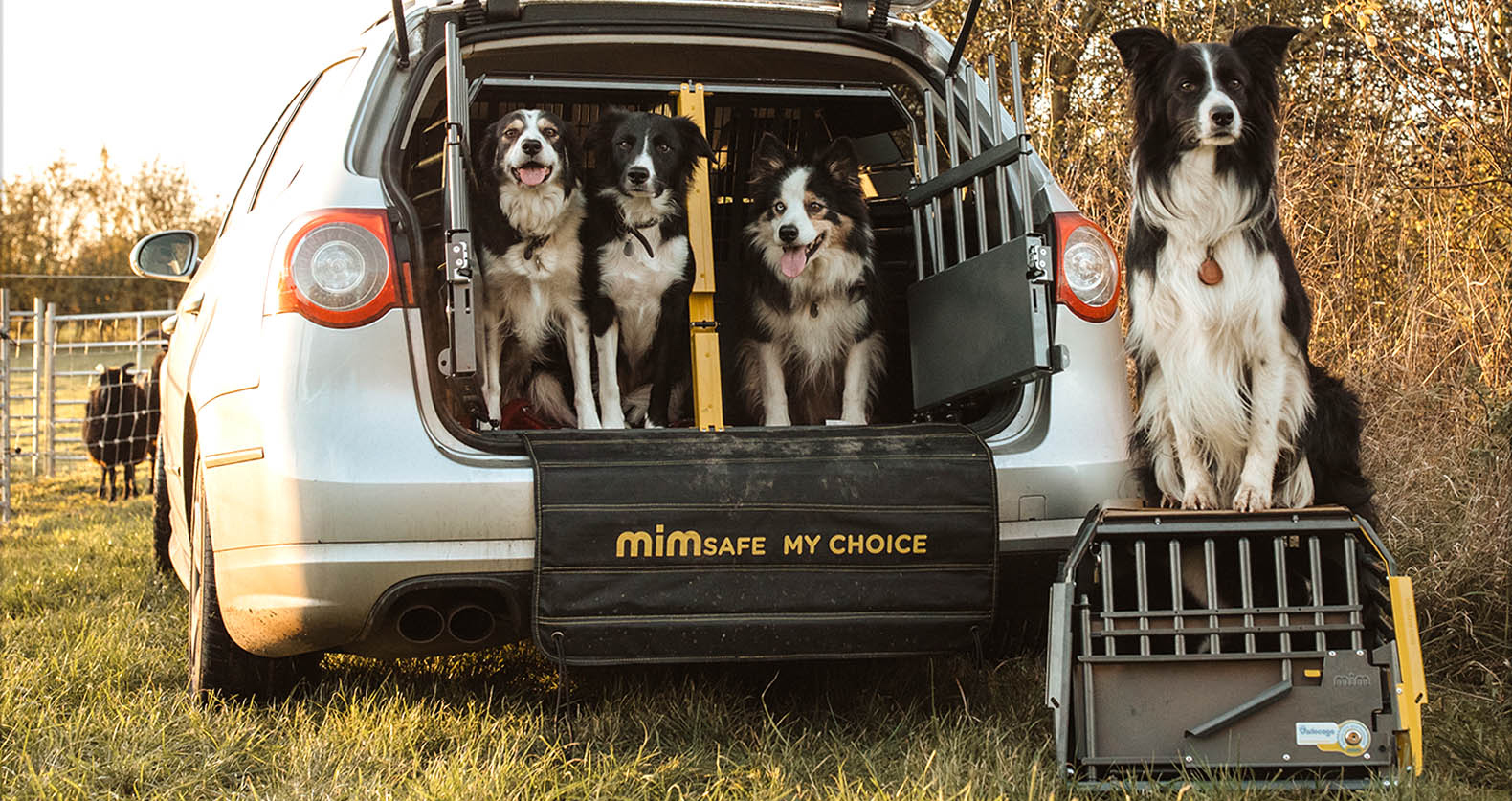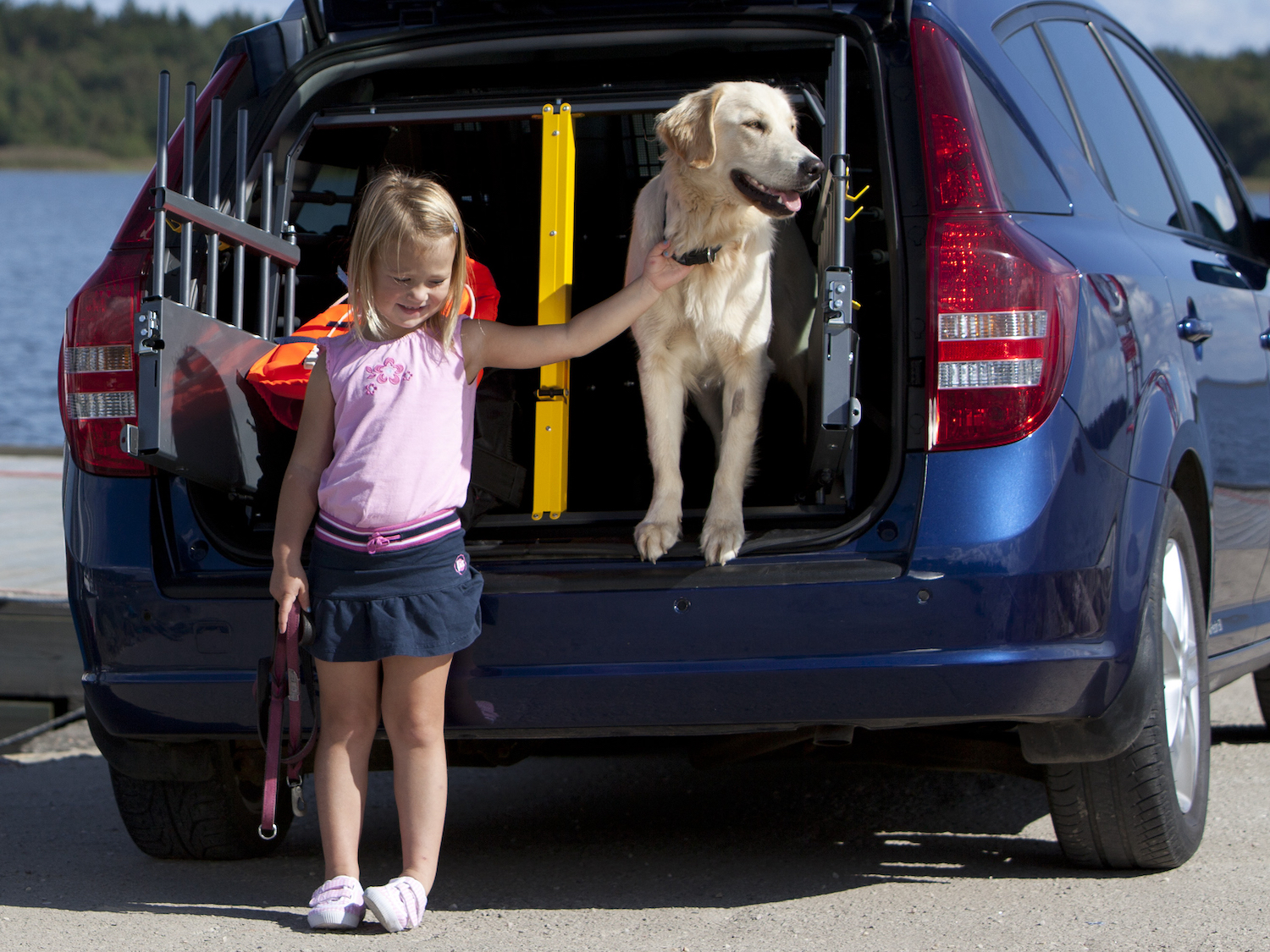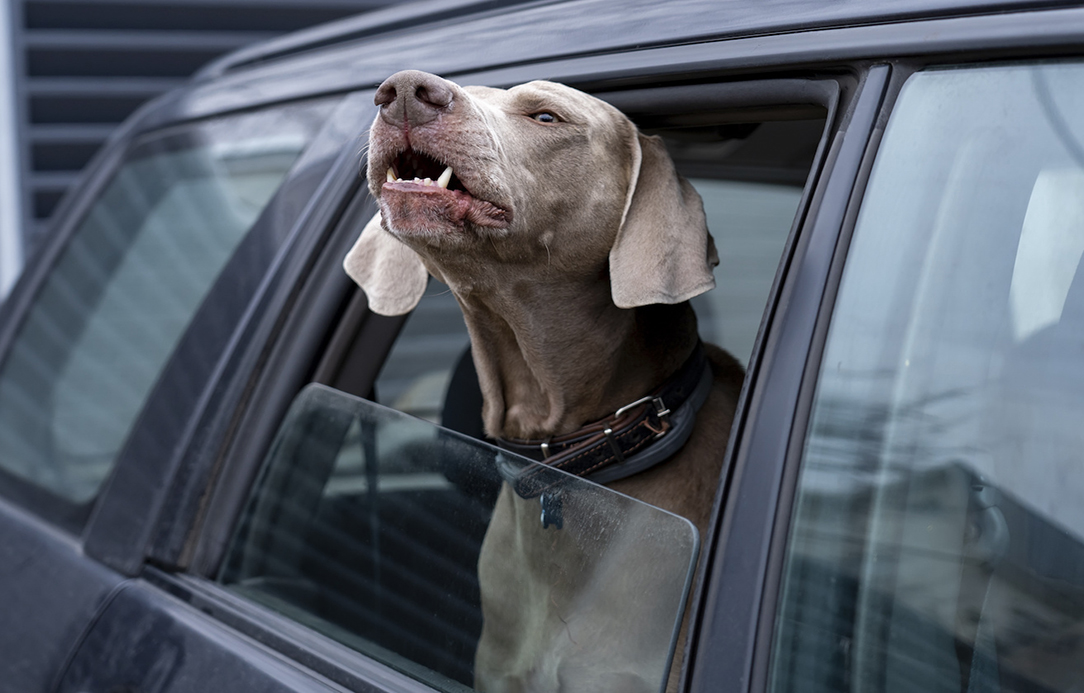
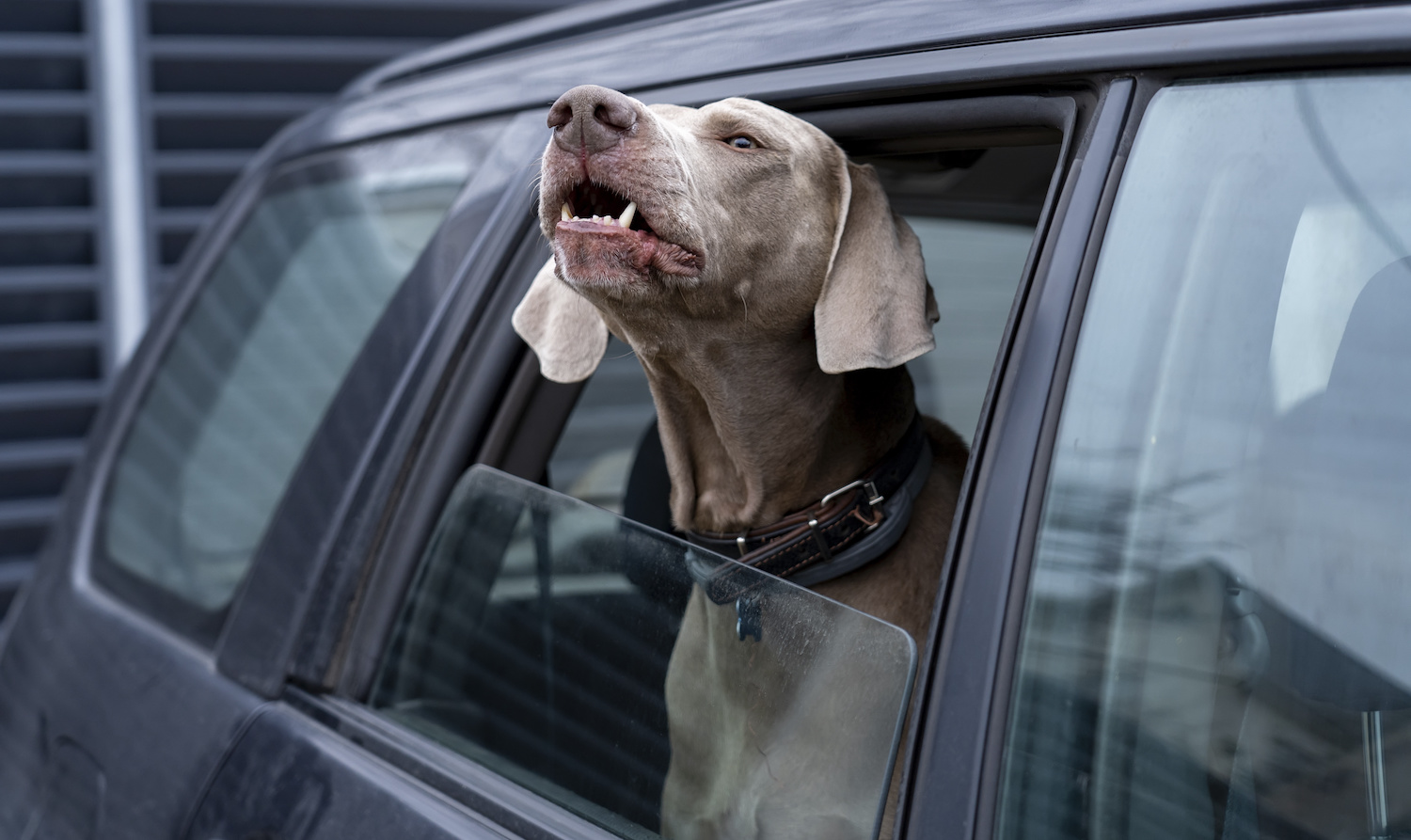 For some dogs, everything they can see from a car window can be exciting or very scary and needs to be barked at, while others can be very territorial about their owners’ cars.
For some dogs, everything they can see from a car window can be exciting or very scary and needs to be barked at, while others can be very territorial about their owners’ cars.
Barking while travelling can actually be self-reinforcing for the dog: they see something that triggers the behaviour, they bark, then within a few seconds (because you have driven past the trigger) the cause of the barking disappears. In your dog’s head, the barking worked – it got rid of the thing or person that caused the barking, so the behaviour is reinforced, and is likely to recur. We need to change that belief by stopping the barking as soon as a dog starts to practice the behaviour. The longer a behaviour is practiced the more likely it is to become a habit, so stopping the behaviour is extremely important, because habits are very difficult to break.
Aggressive behaviour, while the car is stationary, would be very concerning, a danger to the public and leave you in breach of the Dangerous Dogs Act. We would strongly recommend seeking the help of a behaviourist if your dog behaves in this manner.
The following strategies may help to stop your dog barking in the car:
Use a Crate
Firstly, if you don’t use a crash tested dog crate in your vehicle, please get one in order to protect your dog, yourself and your family in the event of an accident. Read more about the importance of using a crate here. Crate training is an important strategy, even if your dog doesn’t use a crate in any other situation. If your dog is trained to settle in a crate indoors, they’re much more likely to settle in a crate in the car.
Cover the crate with a sheet or blanket
Covering the crate takes away most of the scary, exciting, or otherwise, triggers so that your dog is unable to see them. This will enable him to relax and settle much more easily. It has the added advantage of keeping the sun off the dog while travelling which can also help them to enjoy travelling and lower everyone’s stress levels.
Train Them to Settle with Treats
This should only be done when you’re stationary, or when you have a passenger to dispense the treats. Watch your dog closely so that you can try to anticipate what’s triggering the barking (passers-by getting too close, bicycles, other dogs?). This will help you quickly distract your dog with a small treat before they start barking. Over time, this will persuade them that the appearance of the trigger means that they will get a treat, both distracting them from the barking and creating a positive association with the subject. Over time, often a very short time, the dog learns that barking just isn’t needed.
Lots of tasty treats may be required for this type of training, so use treats that are very small but delicious. Chopped-up cheese or sausage works very well, cut into small pea-sized cubes.
Keep Your Dog Busy
Chew toys and long-lasting dog chews are great for keeping your dog occupied, whether they’re travelling or waiting in the car. Puzzle-style dog treat toys, which require your dog to put some thought and effort into reaching the tasty treats trapped inside, are particularly good for car journeys, as they hold your dog’s attention. Chewing and licking also bring the dog’s arousal levels down, further reducing the likelihood of the dog to reacting to anything outside the vehicle.
What If These Strategies Don’t Work?
If none of these strategies work, then seek advice from a dog behaviourist. They will be able to establish the cause of your dog’s barking and create an intervention plan that you can work on with your dog.

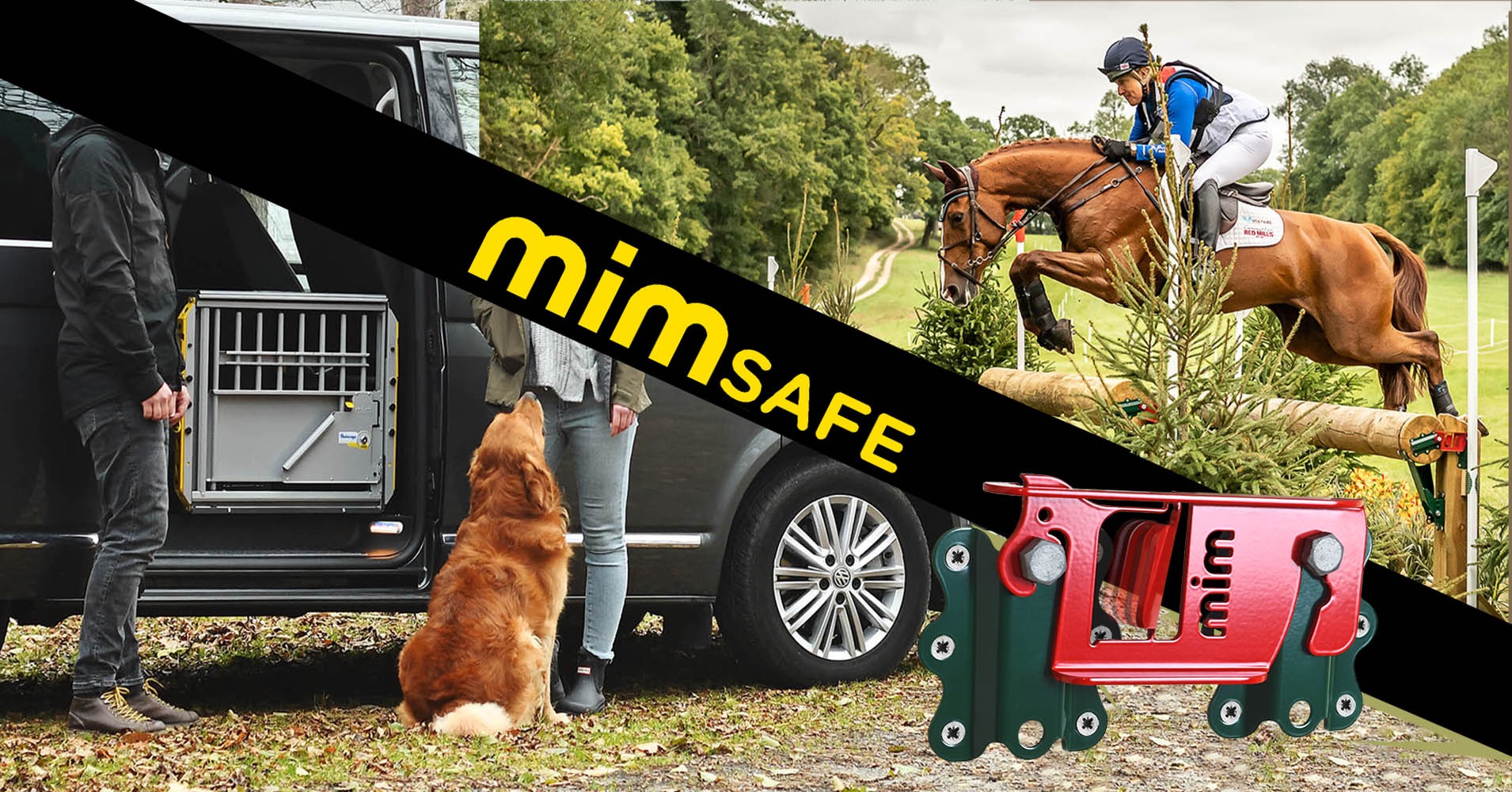


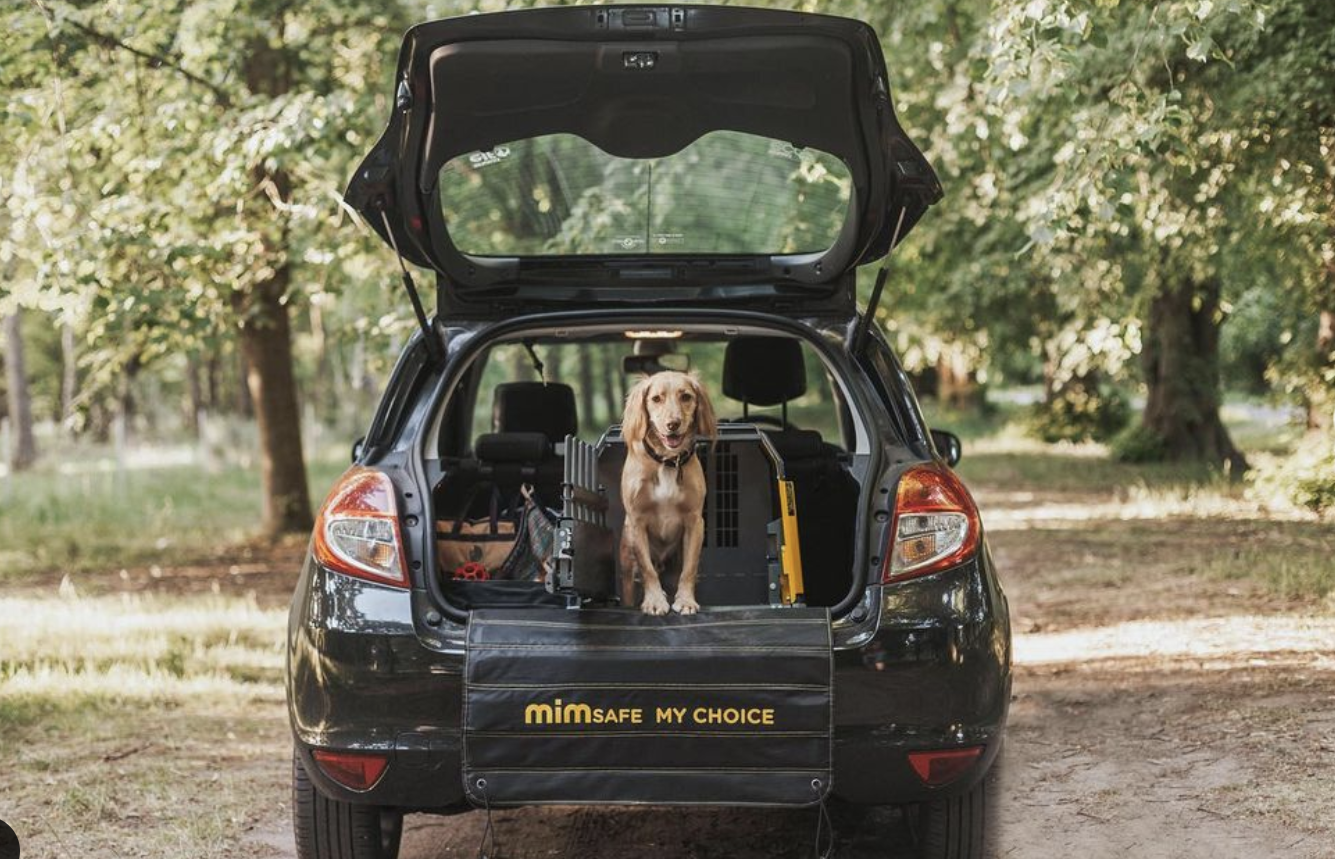
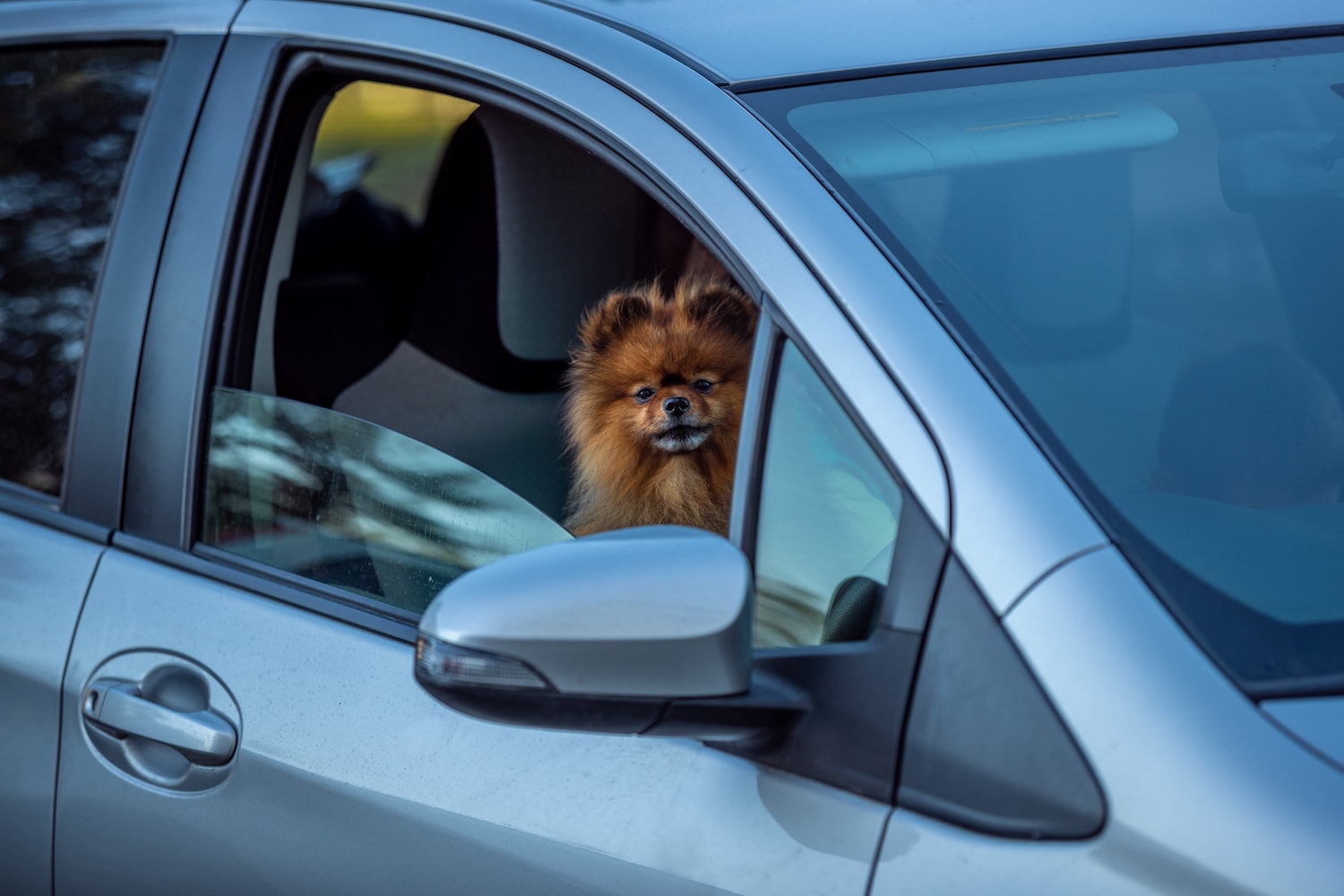

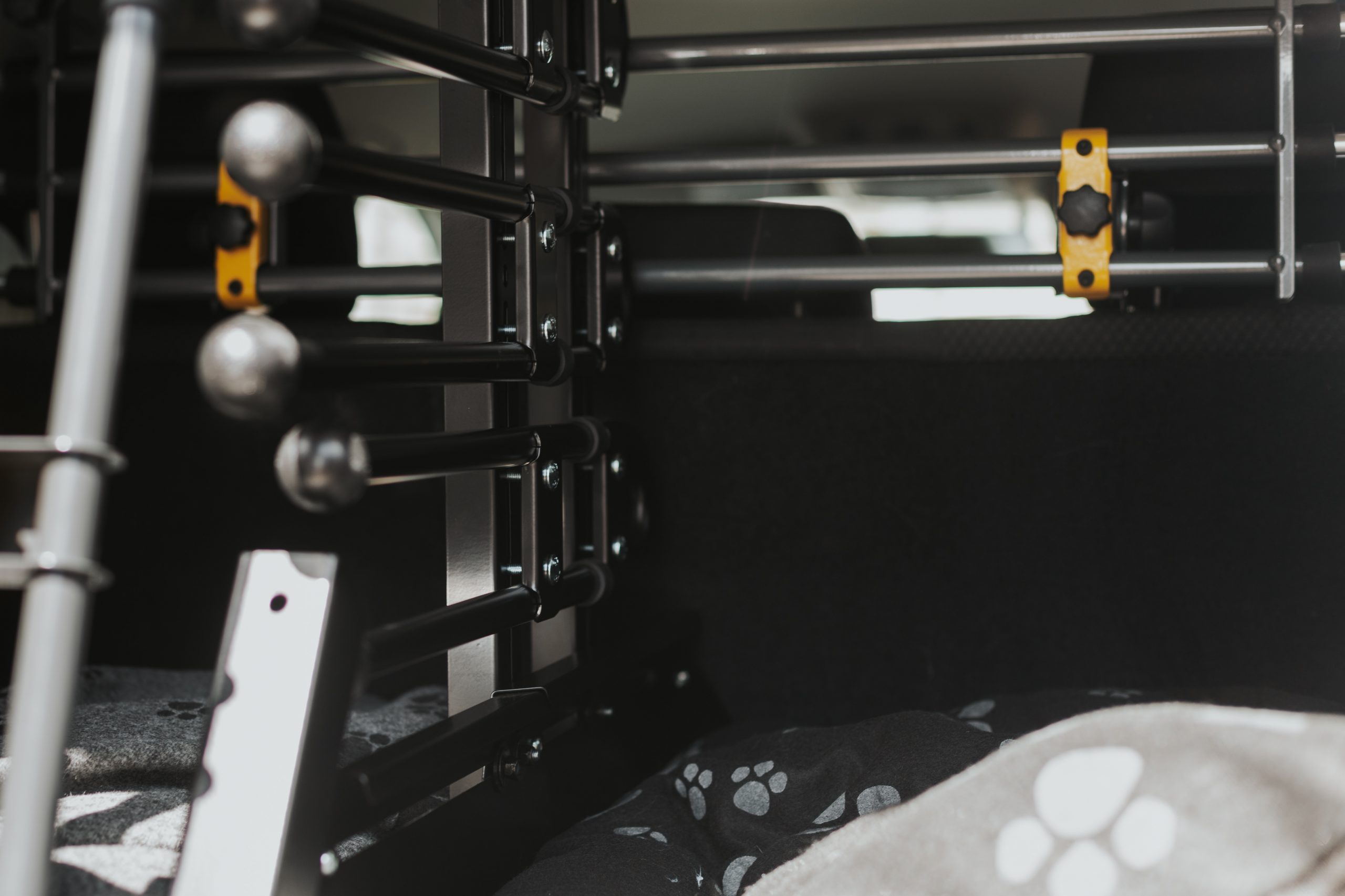
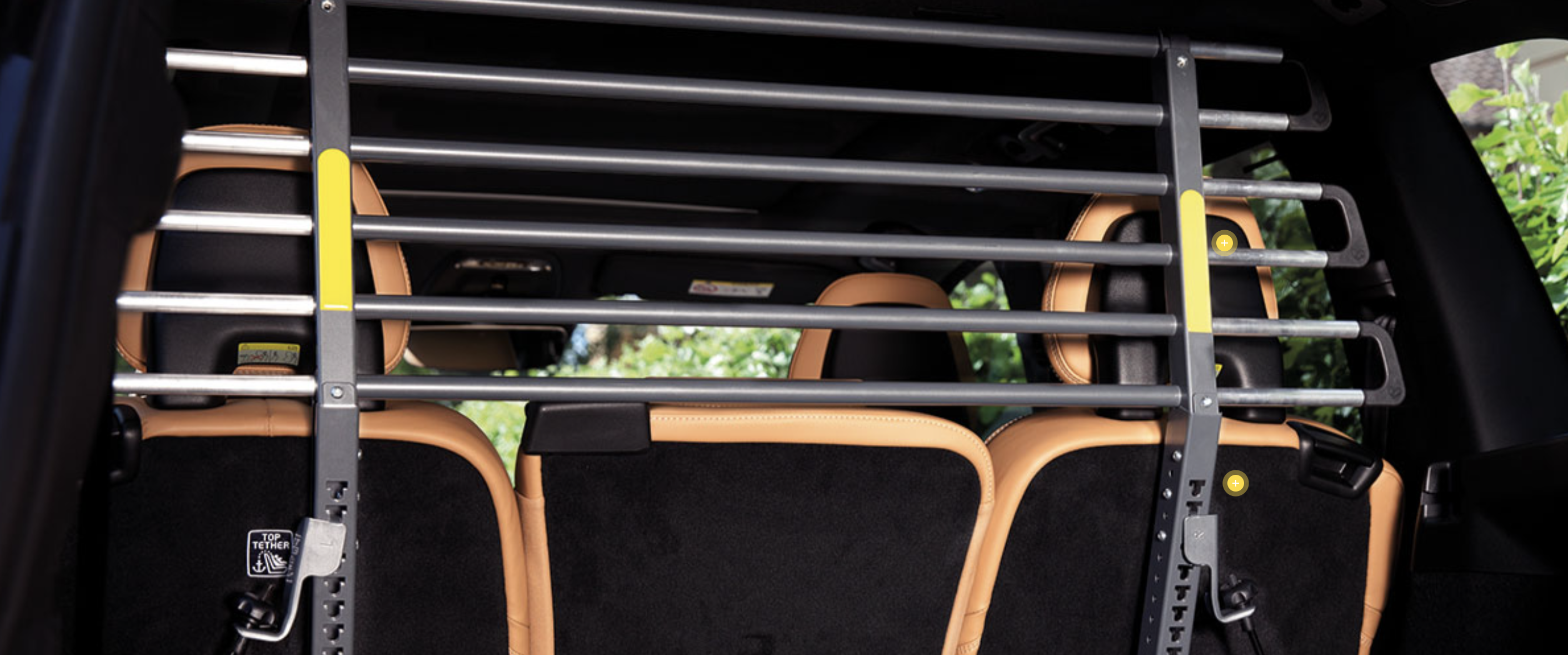
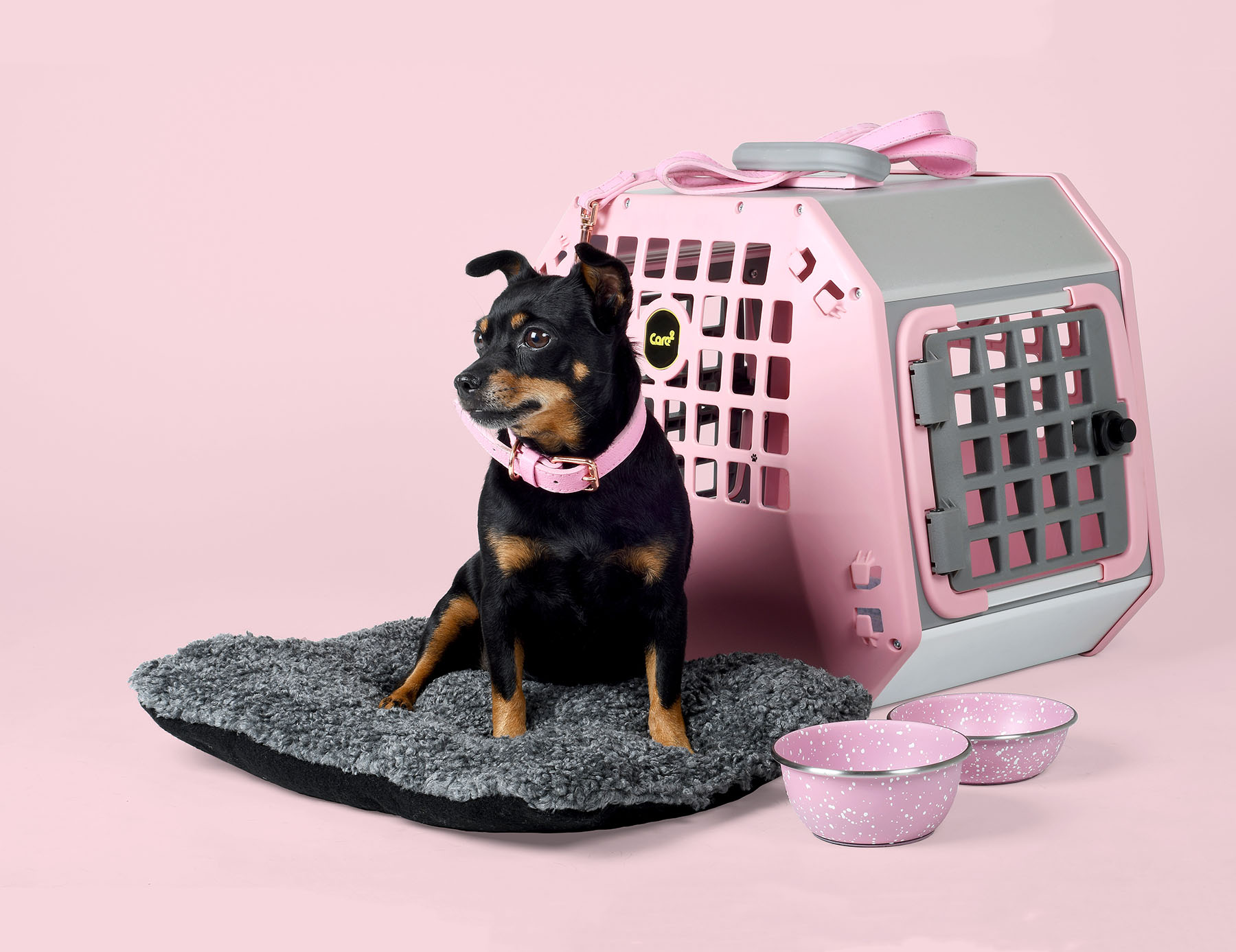
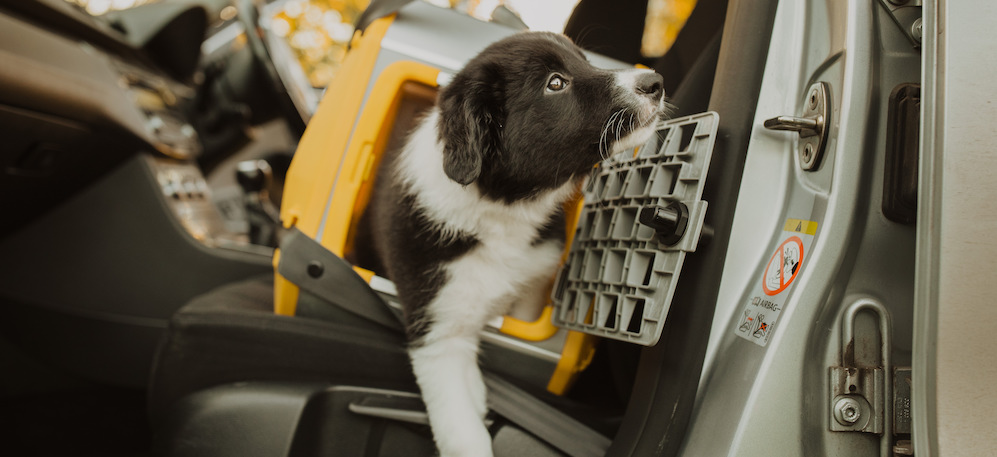
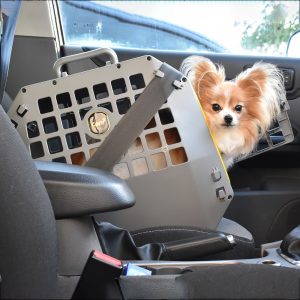
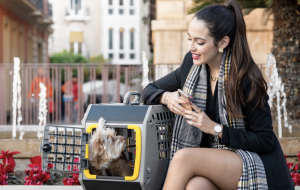 Conclusion
Conclusion
